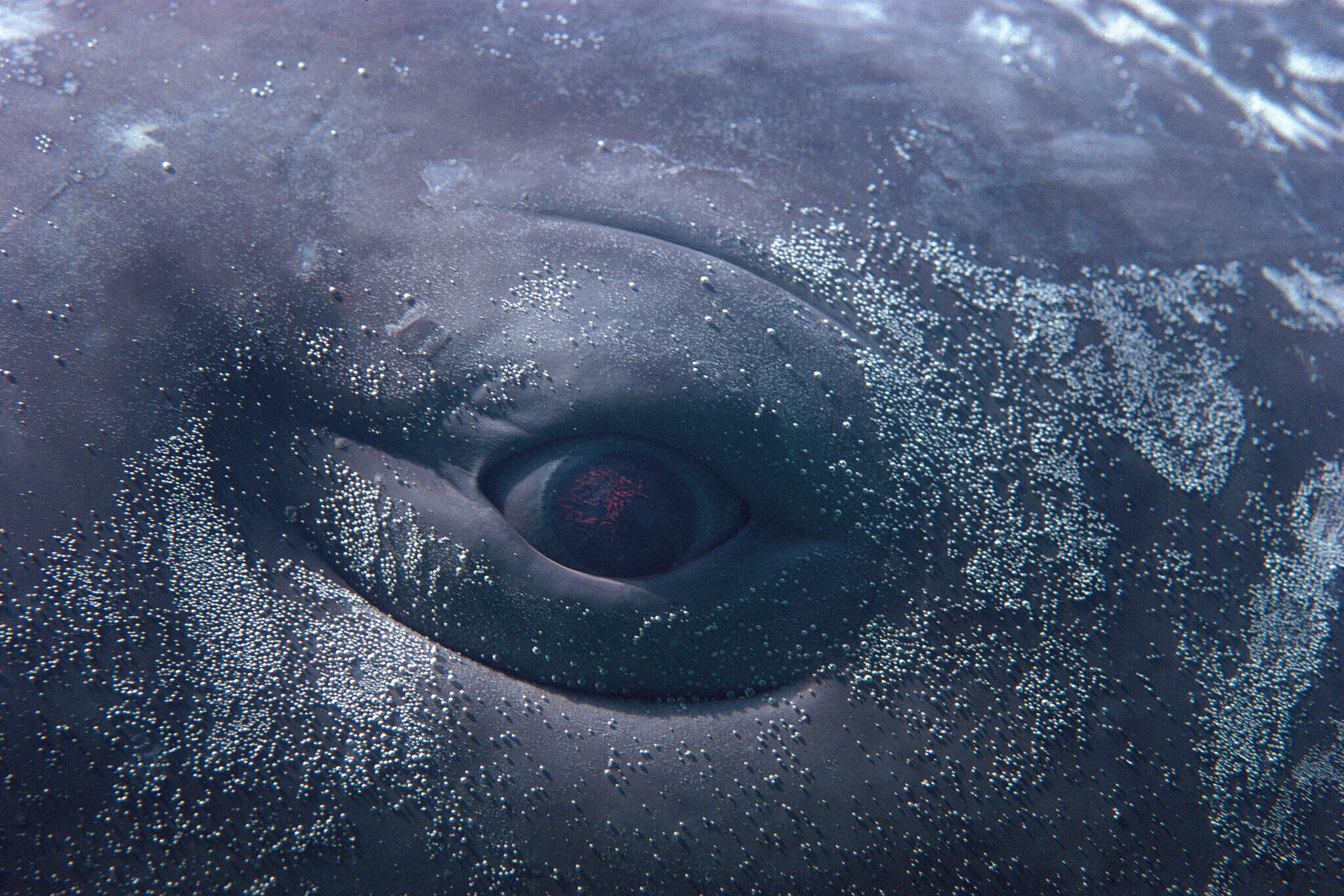Whitney Biennial 2022: Quiet as It’s Kept | Art & Artists
Apr 6–Oct 16, 2022
Whitney Biennial 2022: Quiet as It’s Kept | Art & Artists
Moved by the Motion
42
Floor 1
Founded 2016 by Wu Tsang and Tosh Basco
EXTRACTS is a video installation by the collective Moved by the Motion that explores formal and conceptual collisions of Herman Melville’s novel Moby-Dick (1851) through narrative, theater, performance, and film. Created using archival material and film footage from a 2022 feature-length adaptation directed by Wu Tsang titled Moby-Dick; or, The Whale, the work on view here is inspired by Melville’s opening—a compendium of over eighty quotes about whales—and offers a recontextualization and meditation on the novel. EXTRACTS follows the otherwise unavailable perspectives of the story such as the life of the crew, their time out at sea, and the ocean as a site of cosmology as suggested in the final chapter of the tale. In the Trinidadian writer CLR James’s reading of Moby-Dick in his 2001 book Mariners, Renegades, and Castaways, he cites Captain Ahab’s dictatorial and maniacal pursuit of the “monstrous” white whale as an opportunity to imagine the future of the United States should it continue its path of colonial destruction. EXTRACTS gives space to the interstitial moments that persist in spite of this reality, through the creation of an extra-narrative cinematic environment.
Co-creators: Sophia Al-Maria, Tosh Basco, Patrick Belaga, Josh Johnson, Asma Maroof, Fred Moten, Jerome Pesnel, Tapiwa Svosve, and Wu Tsang.
The feature-length MOBY DICK; or, The Whale will be presented at The Shed April 15–17. MOBY DICK; or, The Whale is produced by the Schauspielhaus Zürich and co-commissioned by LUMA Foundation, Superblue, TBA21—Academy, HARTWIG ART FOUNDATION, The Shed, DE SINGEL, and the Whitney Museum of American Art.
Moved by the Motion: EXTRACTS is part of Outside the Box programming, which is supported by a generous endowment from The Jacques and Natasha Gelman Foundation.

